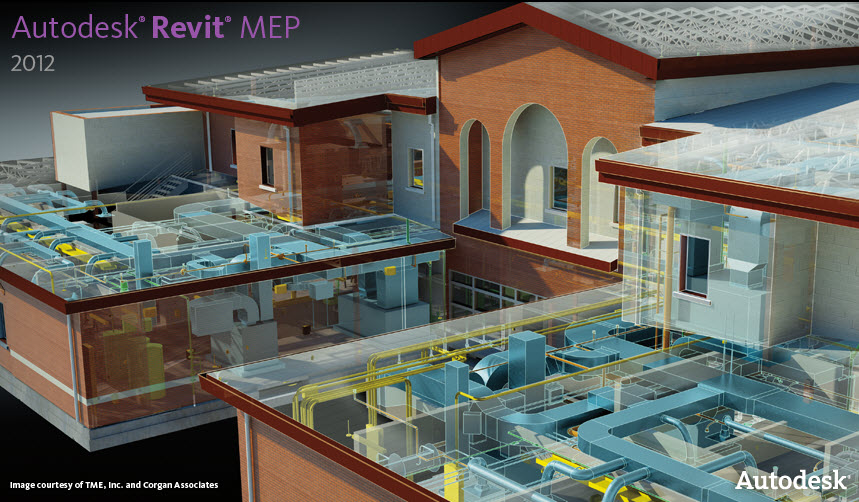The history of this issue is that everybody working on a Revit project must be using the same version of Revit. Architecture, Structural and MEP must all be the same. If one team is using an newer version, the other teams who are using an older format won't be able to read the newer format. The new format has new tools, new objects, and new settings that older versions don't understand, and weren't written to automatically know what new objects would be coming out in the future. Now if one team is using an older version, the other teams will be able to open an older version, and upgrade that project to the newest version, but the team using the older version won't be able to open the new format version of the other team members.
So now that we understand why we have to install multiple versions of Revit MEP on our workstations, we will also need to have multiple versions of Revit Libraries on our server. The 2011 directory, obviously will have the newest contect, and that content can only be used for 2011 projects. That content cannot be used for 2010 projects. So any 2010 project must use content from a 2010 content directory. Any custom 2010 content can be copied, and the copies can then be upgraded and added to the 2011 directory.
To Use the Content Batch Upgrade Utility:
- Copy Upgrade_RFA.txt and Upgrade_RFA.bat into the root directory of the library that you want to upgrade.
- Run the Upgrade_RFA.bat to create the file list to upgrade, famlist_rfa.txt.
- To launch the utility, from the library directory, drag Upgrade_RFA.txt onto the Revit icon on your desktop.
- After upgrading, delete all backup files from the library.
Make sure all of your .rfa files are not read-only and delete all backup files from the library. If a particular family fails to upgrade properly, the utility will stop. If this occurs, open famlist_rfa.txt in Microsoft Notepad, and remove all previously upgraded families and the failed family from the list. Save famlist_rfa.txt, and re-run the utility.




Thank you very much for the detailed information we are planning to upgrade to 2011, by the way is it required any hardware upgrade for 2011
ReplyDeleteMany thanks again
Binu Mathew
from Kuwait
Thanks a lots for the detailed information, We are planning to upgrade to 2011, do we required to upgrade the system hardware as well for 2011 any idea?
ReplyDeleteMany thanks again for your time
Binu Mathew
from Kuwait
Scott,
ReplyDeleteThanks a lots for the detailed information, We are planning to upgrade to 2011, do we required to upgrade the system hardware as well for 2011 any idea?
Many thanks again for your time
Binu Mathew
from Kuwait
This still does not explain why. If my custom content is in 2010 format,and goes through that ONE TIME UPGRADE when I bring it into a 2011 project, why must I maintain multiple versions of the same custom content.
ReplyDeleteMitch Mermel
Orlando, Fl